1. How to Connect a Dishwasher to the Plumbing Under Your Kitchen Sink
Are you ready to upgrade your kitchen with a new dishwasher? Connecting it to the plumbing under your kitchen sink may seem like a daunting task, but with the right tools and techniques, you can easily get the job done. Follow these steps to ensure a smooth and successful installation.
2. Step-by-Step Guide: Connecting a Dishwasher to Your Kitchen Sink Plumbing
Step 1: Before you begin, make sure you have turned off the water supply and disconnected any power sources to your sink and dishwasher.
Step 2: Measure the distance between your dishwasher and sink drain to ensure you have enough length for the dishwasher hose to reach.
Step 3: Attach the dishwasher drain hose to the dishwasher. Make sure it is secured tightly with a hose clamp.
Step 4: Next, connect the other end of the hose to the air gap, a small device that prevents water from flowing back into the dishwasher. The air gap should be mounted on the sink or countertop near the sink.
Step 5: Now, connect the air gap to the sink drain. This can be done using a plastic or metal dishwasher drain connector.
Step 6: Once the air gap is connected, you can attach the dishwasher drain hose to the garbage disposal or the sink drain. Use a hose clamp to secure it tightly.
Step 7: If you are connecting the dishwasher drain hose to the garbage disposal, make sure to knock out the plug from the disposal before attaching the hose.
Step 8: Connect the dishwasher's water supply line to the hot water shut-off valve located under the sink. Use a wrench to tighten the connection.
Step 9: Turn on the water supply and check for any leaks. If there are any, tighten the connections until the leaks stop.
Step 10: Finally, plug in the dishwasher and turn on the power source. Run a test cycle to ensure everything is working properly.
3. DIY: Connecting a Dishwasher to Your Kitchen Sink Plumbing
If you are comfortable with basic plumbing and have the necessary tools, connecting a dishwasher to your kitchen sink plumbing is a DIY job that can save you money. However, it is important to follow all safety precautions and double check your work to ensure everything is connected correctly.
Pro tip: Before starting the installation, make sure to read the manufacturer's instructions for your specific dishwasher model.
4. Tips for Connecting a Dishwasher to Your Kitchen Sink Plumbing
Tip 1: Use Teflon tape on all threaded connections to prevent leaks.
Tip 2: If your dishwasher is not located near your sink, you may need to purchase a longer drain hose to ensure it can reach the sink drain.
Tip 3: Make sure to secure all connections tightly to prevent leaks and ensure proper function.
Tip 4: If you are unsure about any step in the installation process, it is always best to consult a professional plumber for assistance.
5. Common Mistakes When Connecting a Dishwasher to Kitchen Sink Plumbing
Mistake 1: Forgetting to knock out the disposal plug before connecting the dishwasher drain hose.
Mistake 2: Not properly securing connections, leading to leaks and potential water damage.
Mistake 3: Not turning off the water supply before beginning the installation.
Mistake 4: Not measuring the distance between the dishwasher and sink drain, resulting in a hose that is too short.
6. Tools and Materials Needed to Connect a Dishwasher to Kitchen Sink Plumbing
Tools: Adjustable wrench, pliers, screwdriver, Teflon tape.
Materials: Dishwasher drain hose, air gap, dishwasher drain connector, water supply line.
7. Troubleshooting: Issues with Connecting a Dishwasher to Kitchen Sink Plumbing
Issue 1: Leaks at the connections.
Solution: Double check all connections and make sure they are tightly secured. If leaks persist, you may need to replace the hose or connector.
Issue 2: Water not draining from the dishwasher.
Solution: Check for any clogs in the dishwasher drain hose or air gap. Clear any obstructions and run a test cycle to see if the issue is resolved.
8. How to Properly Seal and Secure a Dishwasher to Kitchen Sink Plumbing
To ensure a tight and secure connection, use Teflon tape on all threaded connections. You can also use a hose clamp to secure the dishwasher drain hose to the air gap and sink drain. Double check all connections to ensure there are no leaks.
9. Professional vs. DIY: Connecting a Dishwasher to Kitchen Sink Plumbing
While connecting a dishwasher to your kitchen sink plumbing may seem like a simple task, it may be best to leave it to the professionals. This is especially true if you are not familiar with plumbing or do not have the necessary tools. Hiring a professional can ensure the job is done correctly and efficiently, saving you time and potential headaches.
10. Safety Precautions to Take When Connecting a Dishwasher to Kitchen Sink Plumbing
Safety Precaution 1: Always turn off the water supply and disconnect any power sources before beginning the installation.
Safety Precaution 2: Use caution when handling tools and make sure to follow all safety guidelines.
Safety Precaution 3: If you are unsure about any step in the installation process, do not hesitate to seek professional assistance.
With these tips and instructions, you can confidently connect your dishwasher to the plumbing under your kitchen sink. Remember to always follow safety precautions and double check your work to ensure a successful and functional installation.
Connecting Your Dishwasher to the Plumbing Under Your Kitchen Sink

Why Connect Your Dishwasher to the Plumbing Under Your Kitchen Sink?
 Installing a dishwasher in your kitchen can greatly improve your daily routine and save you time and effort. Instead of washing dishes by hand, you can simply load them into the dishwasher and let it do the work for you. However, in order for your dishwasher to function properly, it must be connected to your plumbing system. This ensures that dirty water is drained and clean water is supplied to the dishwasher. Connecting your dishwasher to the plumbing under your kitchen sink is a simple process that can be done with the right tools and knowledge.
Installing a dishwasher in your kitchen can greatly improve your daily routine and save you time and effort. Instead of washing dishes by hand, you can simply load them into the dishwasher and let it do the work for you. However, in order for your dishwasher to function properly, it must be connected to your plumbing system. This ensures that dirty water is drained and clean water is supplied to the dishwasher. Connecting your dishwasher to the plumbing under your kitchen sink is a simple process that can be done with the right tools and knowledge.
Steps to Connect Your Dishwasher to the Plumbing Under Your Kitchen Sink
/how-to-install-a-sink-drain-2718789-hero-24e898006ed94c9593a2a268b57989a3.jpg) Gather Your Tools:
Before you begin, make sure you have all the necessary tools and materials. These may include a screwdriver, pliers, adjustable wrench, Teflon tape, and a dishwasher installation kit.
Locate the Plumbing Under Your Sink:
The first step is to locate the plumbing under your kitchen sink. This is usually located on the back wall of the cabinet, behind the dishwasher.
Install the Drain Hose:
The next step is to install the drain hose. This is the hose that will carry the dirty water from your dishwasher to the drain. Start by attaching the hose to the dishwasher, making sure it is tightly secured. Then, feed the other end of the hose through the hole in the cabinet, and attach it to the drain pipe using a hose clamp.
Connect the Water Supply:
The water supply line is what will provide clean water to your dishwasher. Using an adjustable wrench, connect the water supply line to the hot water shut-off valve under your sink. Make sure to use Teflon tape to create a tight seal.
Test Your Connection:
Once everything is connected, turn on the water supply and run a test cycle on your dishwasher. Check for any leaks and make adjustments as needed.
Gather Your Tools:
Before you begin, make sure you have all the necessary tools and materials. These may include a screwdriver, pliers, adjustable wrench, Teflon tape, and a dishwasher installation kit.
Locate the Plumbing Under Your Sink:
The first step is to locate the plumbing under your kitchen sink. This is usually located on the back wall of the cabinet, behind the dishwasher.
Install the Drain Hose:
The next step is to install the drain hose. This is the hose that will carry the dirty water from your dishwasher to the drain. Start by attaching the hose to the dishwasher, making sure it is tightly secured. Then, feed the other end of the hose through the hole in the cabinet, and attach it to the drain pipe using a hose clamp.
Connect the Water Supply:
The water supply line is what will provide clean water to your dishwasher. Using an adjustable wrench, connect the water supply line to the hot water shut-off valve under your sink. Make sure to use Teflon tape to create a tight seal.
Test Your Connection:
Once everything is connected, turn on the water supply and run a test cycle on your dishwasher. Check for any leaks and make adjustments as needed.
Benefits of Connecting Your Dishwasher to the Plumbing Under Your Kitchen Sink
 Connecting your dishwasher to the plumbing under your kitchen sink has several benefits. First and foremost, it ensures proper drainage and supply of water, which is essential for the proper functioning of your dishwasher. This also eliminates the need for manually filling and emptying your dishwasher, saving you time and effort. Additionally, connecting your dishwasher to the plumbing under your kitchen sink creates a cleaner and more organized look in your kitchen, as there will be no visible hoses or cords.
In conclusion, connecting your dishwasher to the plumbing under your kitchen sink is a simple and necessary step in the installation process. With the right tools and knowledge, you can easily connect your dishwasher and enjoy the convenience and efficiency it brings to your daily routine. So, go ahead and make your life easier by connecting your dishwasher to your kitchen plumbing today!
Connecting your dishwasher to the plumbing under your kitchen sink has several benefits. First and foremost, it ensures proper drainage and supply of water, which is essential for the proper functioning of your dishwasher. This also eliminates the need for manually filling and emptying your dishwasher, saving you time and effort. Additionally, connecting your dishwasher to the plumbing under your kitchen sink creates a cleaner and more organized look in your kitchen, as there will be no visible hoses or cords.
In conclusion, connecting your dishwasher to the plumbing under your kitchen sink is a simple and necessary step in the installation process. With the right tools and knowledge, you can easily connect your dishwasher and enjoy the convenience and efficiency it brings to your daily routine. So, go ahead and make your life easier by connecting your dishwasher to your kitchen plumbing today!

























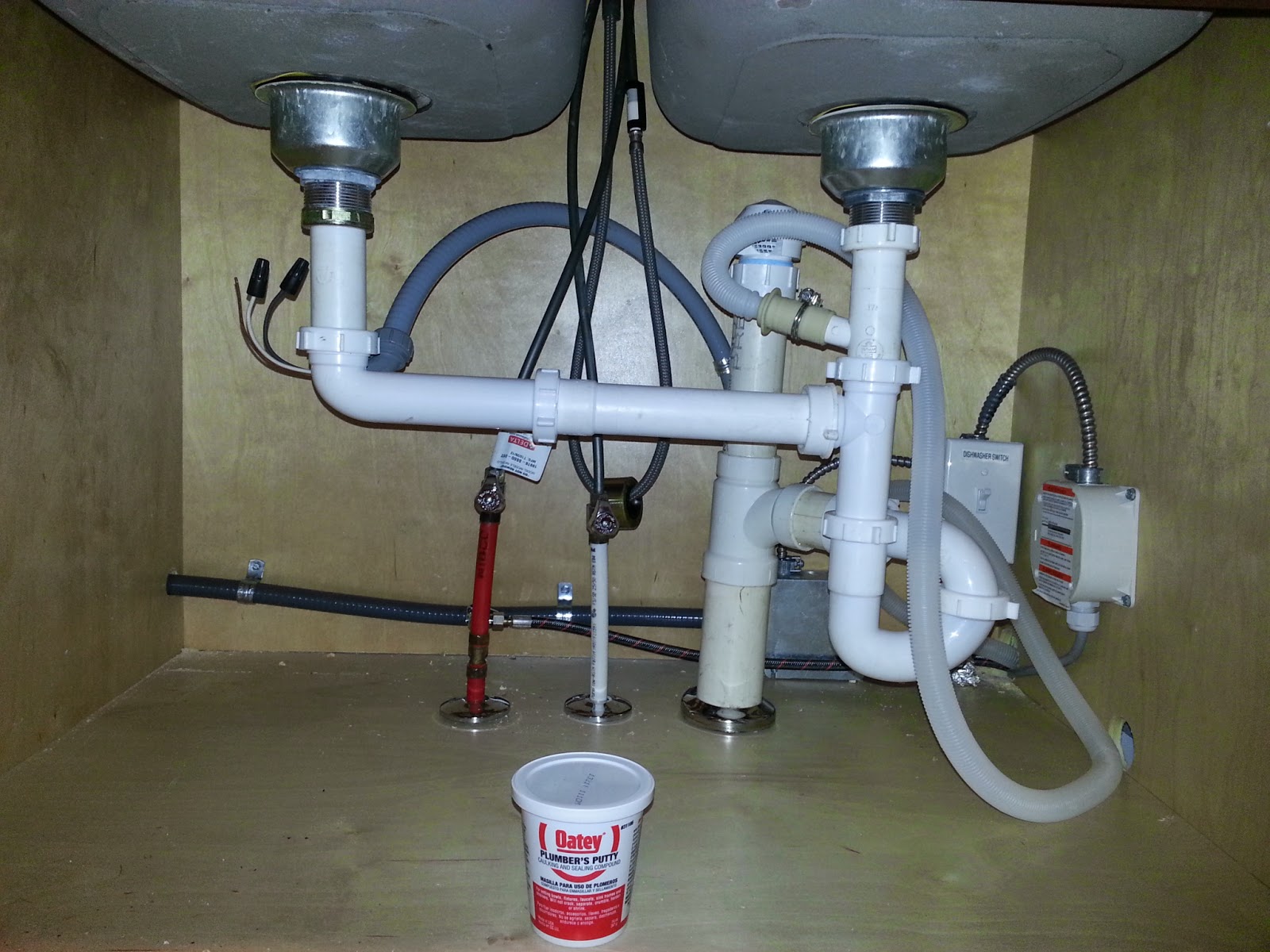
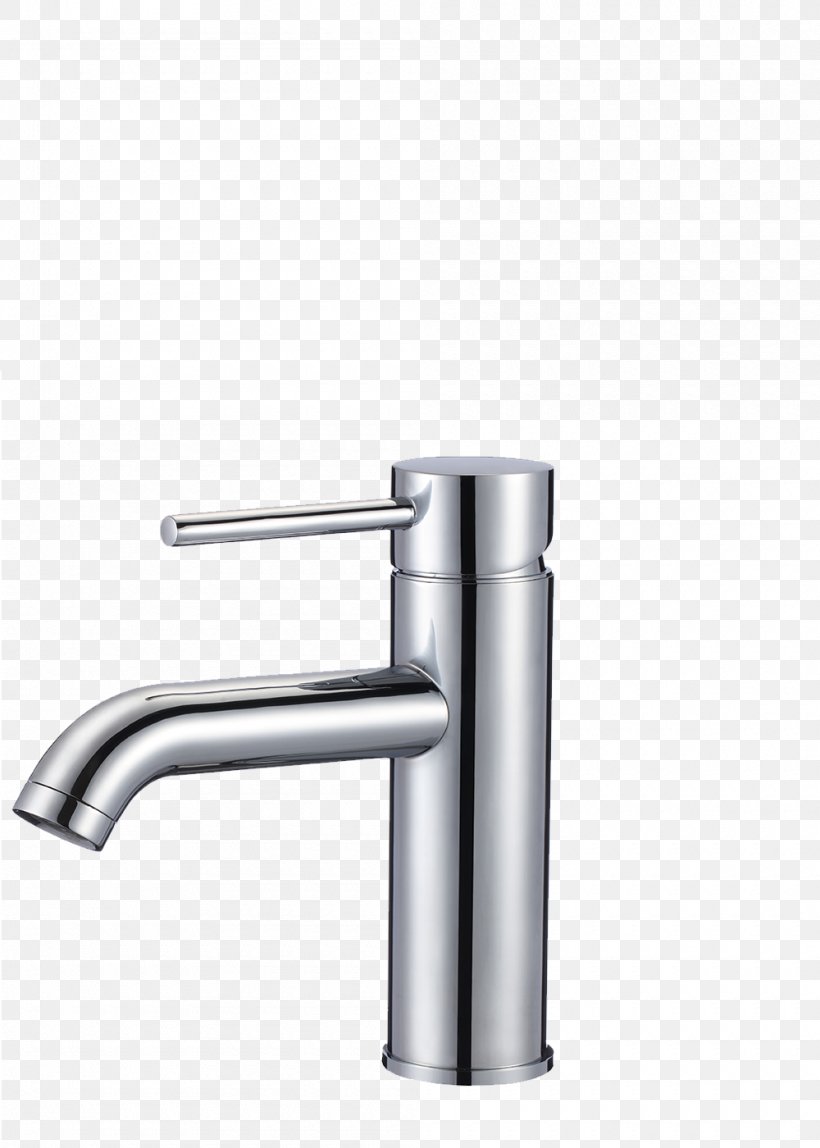







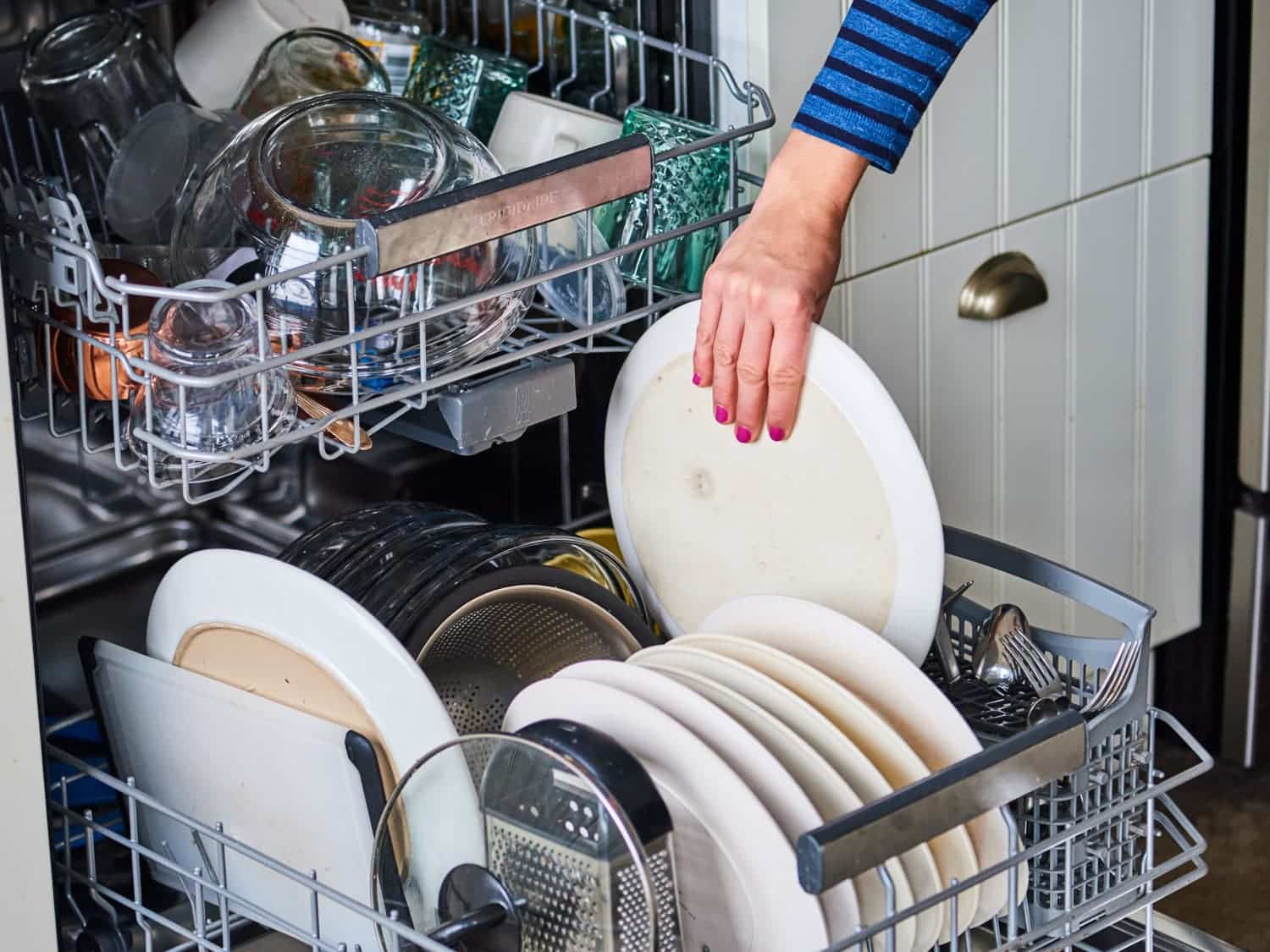



:max_bytes(150000):strip_icc()/dishwasher-venting-2718654-03-ced32e59b9494e9db72bd72d6fb3aadf.jpg)



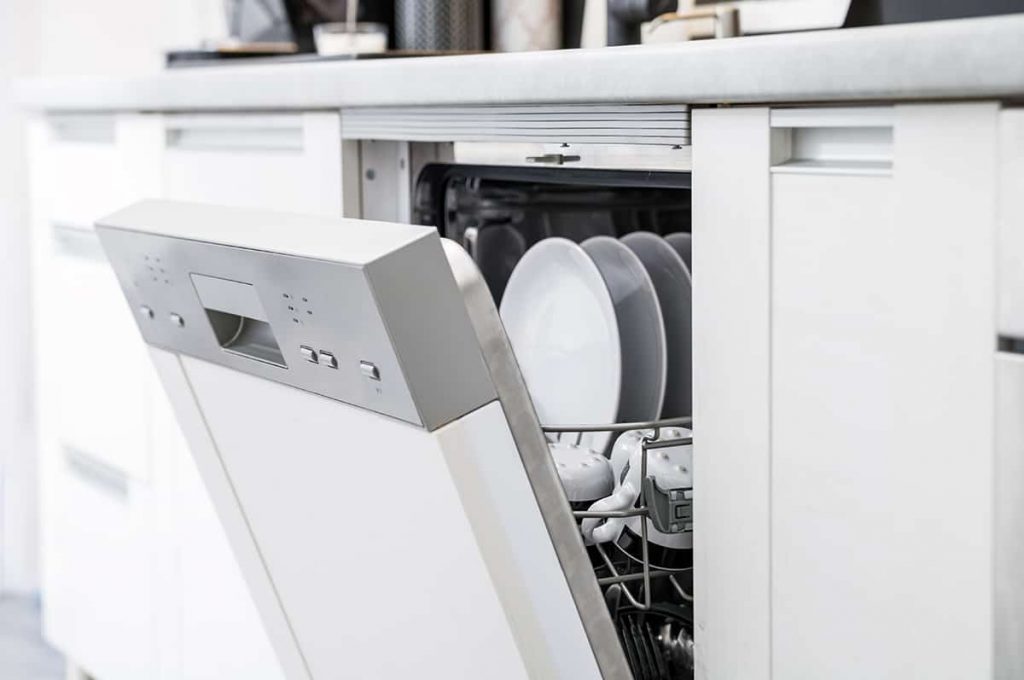

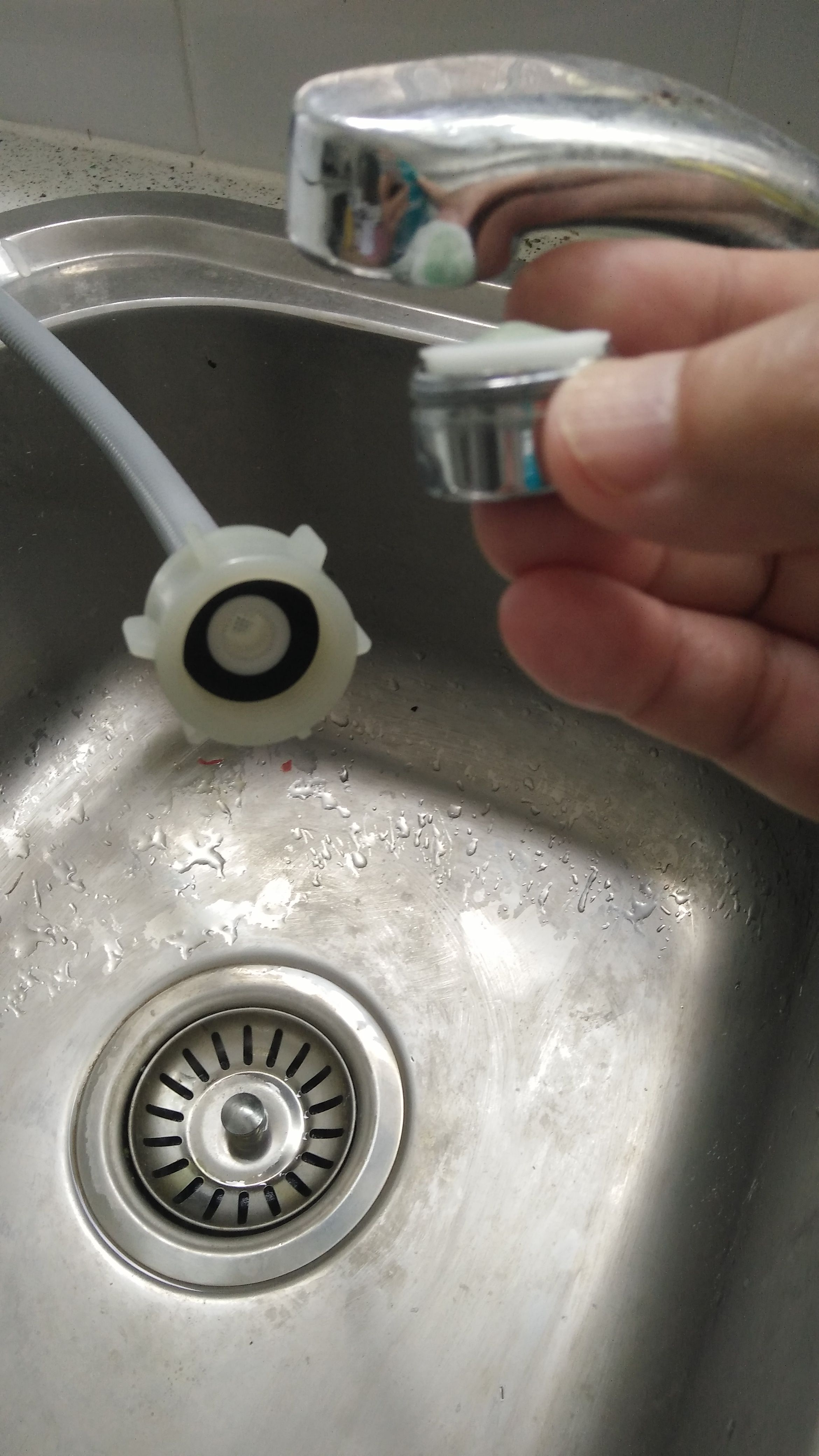











/choose-dining-room-rug-1391112-hero-4206622634654a6287cc0aff928c1fa1.jpg)



